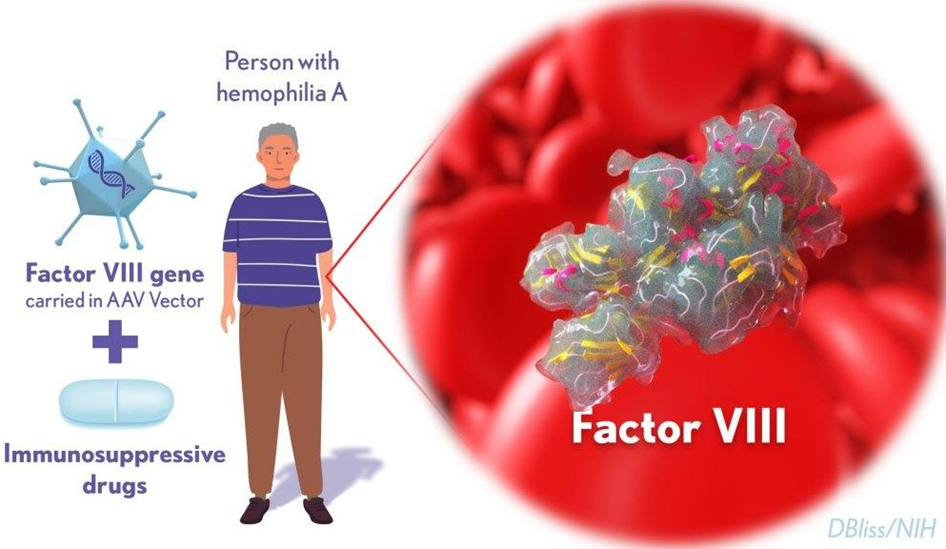A mother brings in her 8-month-old child to the ER. The mother reports the baby has recently started being extremely fussy, has a fever, and swelling in the hands and feet. The child is diagnosed with sickle cell disease. As the nurse, you know that the swelling in the hands and feet in the infant is termed?
Phalitis
Dactylitis
Erythromelaglia
Dyshidrotia
The Correct Answer is B
A. Phalitis: This term is not commonly used and does not specifically refer to swelling in the hands and feet.
B. Dactylitis: Dactylitis is a common manifestation of sickle cell disease in infants, characterized by painful swelling of the hands and feet due to vaso-occlusive episodes.
C. Erythromelaglia: Erythromelalgia is a condition characterized by burning pain, redness, and warmth in the extremities, but it is not typically associated with sickle cell disease.
D. Dyshidrotia: This term is not commonly used in medical terminology and does not specifically refer to swelling in the hands and feet.
Nursing Test Bank
Naxlex Comprehensive Predictor Exams
Related Questions
Correct Answer is ["C","D"]
Explanation
A. The patient experiences a decrease in hemoglobin S. Hydroxyurea does not decrease hemoglobin S levels directly; it works by increasing fetal hemoglobin (Hgb F) levels.
B. The patient experiences dehydration due to diuresis. This is not an indication that Hydroxyurea is working; it is a potential side effect that should be monitored.
C. The patient experiences an increase in fetal hemoglobin (Hbg F). Hydroxyurea works by increasing the levels of fetal hemoglobin, which reduces the sickling of red blood cells.
D. The patient needs fewer blood transfusions. Successful treatment with Hydroxyurea should reduce the frequency of vaso-occlusive crises and the need for blood transfusions.
E. The patient experiences diuresis. This is not an indicator of the medication's effectiveness; it is a potential side effect.
Correct Answer is A
Explanation
A. Hemophilia A: Hemophilia A is caused by a deficiency of factor VIII, leading to problems with blood clotting.

B. Hemophilia B: Hemophilia B is caused by a deficiency of factor IX, not factor VIII.
C. Christmas disease: Christmas disease is another name for Hemophilia B, which is caused by a deficiency of factor IX.
D. Sickle cell disease: Sickle cell disease is a genetic disorder affecting hemoglobin, not a clotting factor deficiency.
Whether you are a student looking to ace your exams or a practicing nurse seeking to enhance your expertise , our nursing education contents will empower you with the confidence and competence to make a difference in the lives of patients and become a respected leader in the healthcare field.
Visit Naxlex, invest in your future and unlock endless possibilities with our unparalleled nursing education contents today
Report Wrong Answer on the Current Question
Do you disagree with the answer? If yes, what is your expected answer? Explain.
Kindly be descriptive with the issue you are facing.
